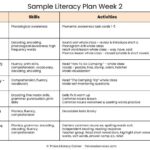

Since I have written about the science of reading, heart words, and explicit phonics instruction, so many of you have reached out and asked, “so how do I set up my literacy block and work with students in small groups?”
I know it can be overwhelming learning that what you’ve been doing needs to change, especially with all the challenges teachers face with time and curriculum restraints.
In this post, I’m sharing a literacy block template you can use to set up your reading and writing instruction, just in time for the new school year!
But before I get into it, make sure you complete the right literacy assessments before planning out anything for the year.
*Most school spam filters block my emails, so please use a personal email.

The 3 main areas that you want to focus on in your literacy instruction are:
When planning out your literacy block, make sure every activity targets one of these three areas.
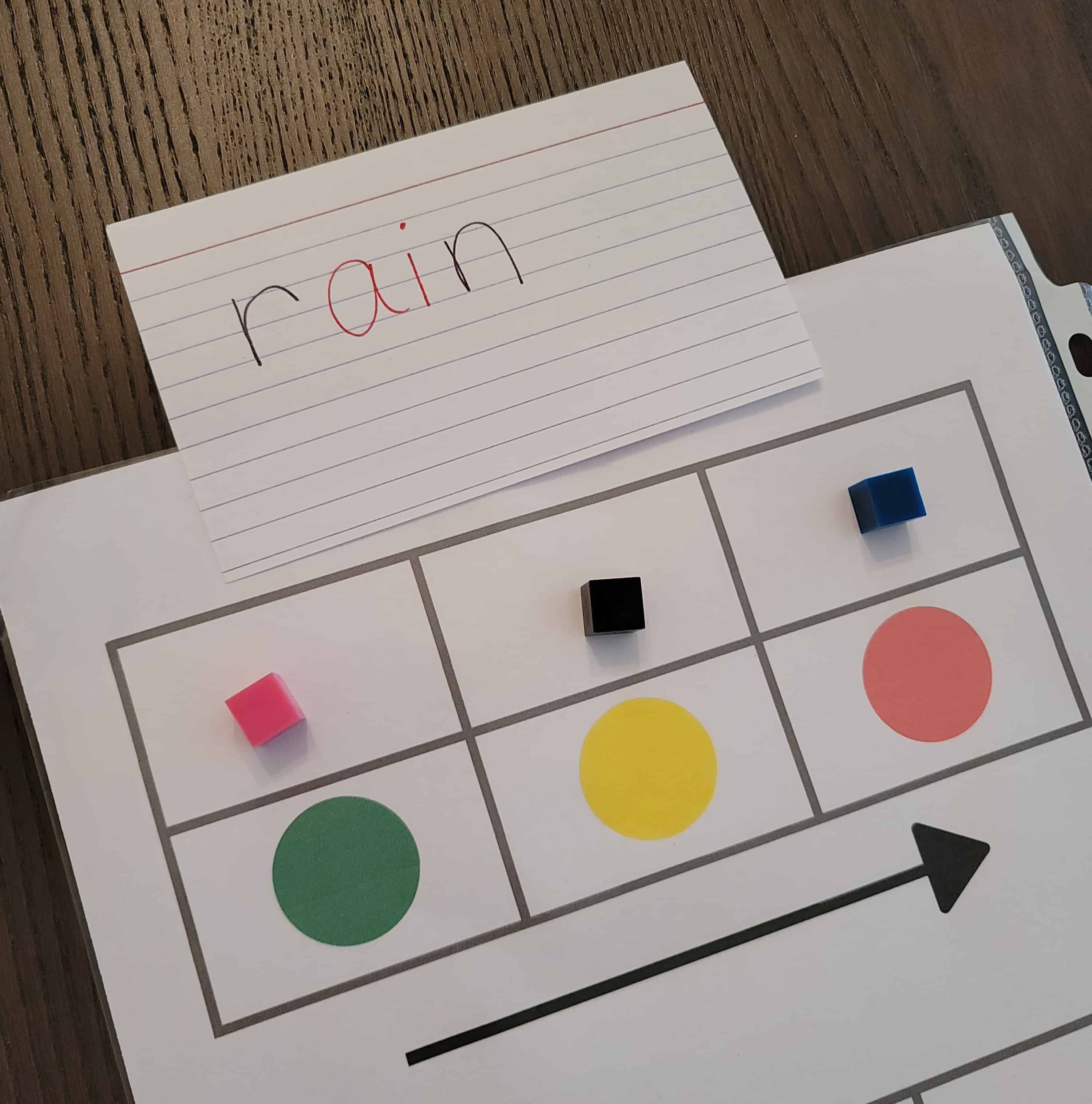
Decoding requires phonological awareness, phonics, and blending and segmenting. Students should be able to hear and manipulate sounds in words, understand relationships between graphemes and phonemes, and manipulate parts of words. These are the things you will focus on in your phonics lessons and activities.
Some activities that you can include in your lessons that address decoding include:

Fluency requires the ability to read smoothly, with expression, at the right pace, and with attention to punctuation. Including activities that build fluency is important.
Some activities that address fluency include:
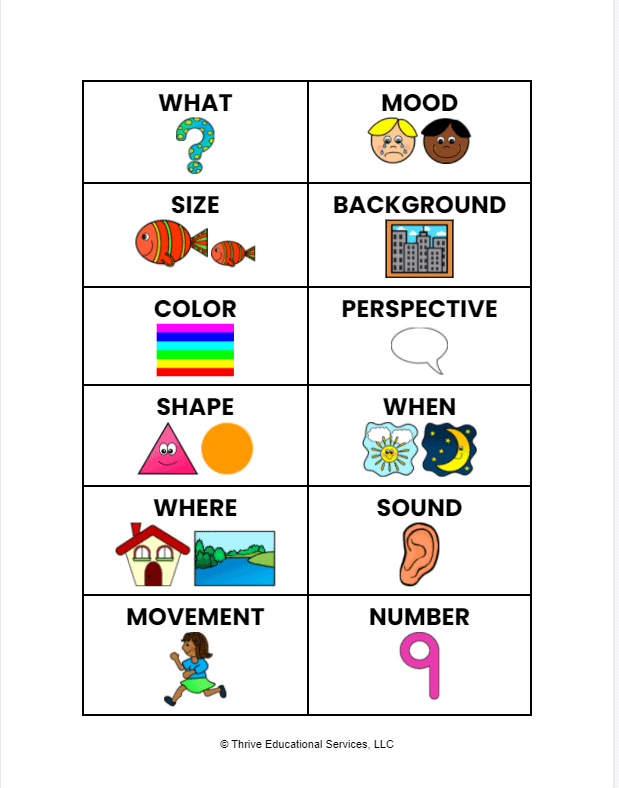
Comprehension requires vocabulary knowledge, background knowledge, and language comprehension. These are the things you will focus on in your comprehension instruction.
Some activities that address comprehension include:
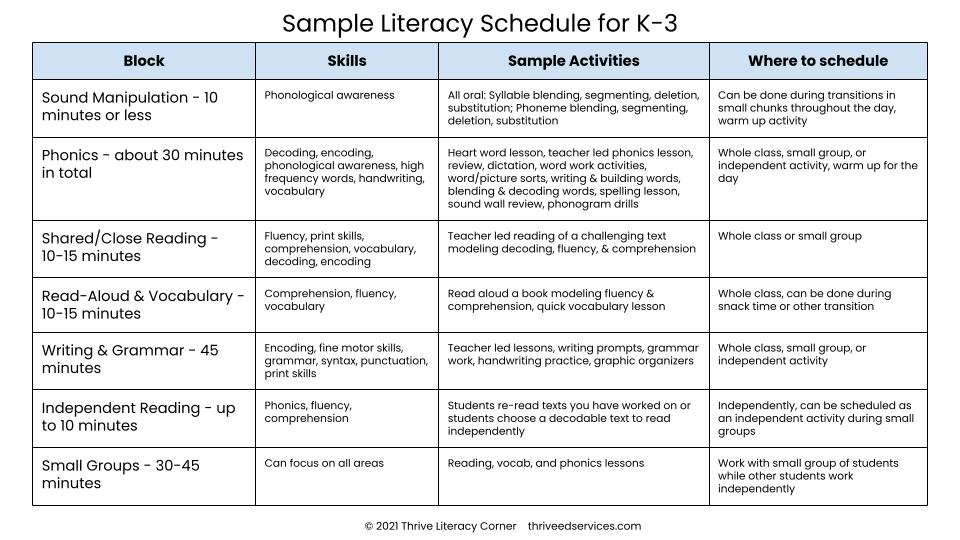
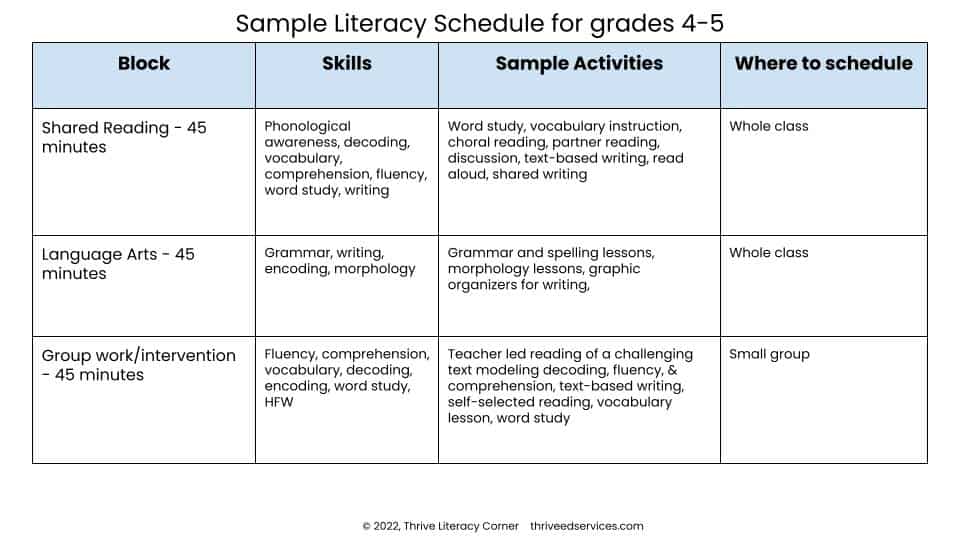
I know that every school has different time requirements and even specific activity requirements for reading and writing instruction. You might be able to adapt what you are currently doing and swap some activities or change up the timing to fit with what research says actually works to improve reading.
Sometimes administrators need a little education on why certain programs or activities need to be updated or changed, and hopefully, you don’t encounter a lot of pushback with this.
Here is a sample of what a literacy block should look like for kindergarten through third grade:
Here is a sample of what a literacy block should look like for fourth and fifth grade:
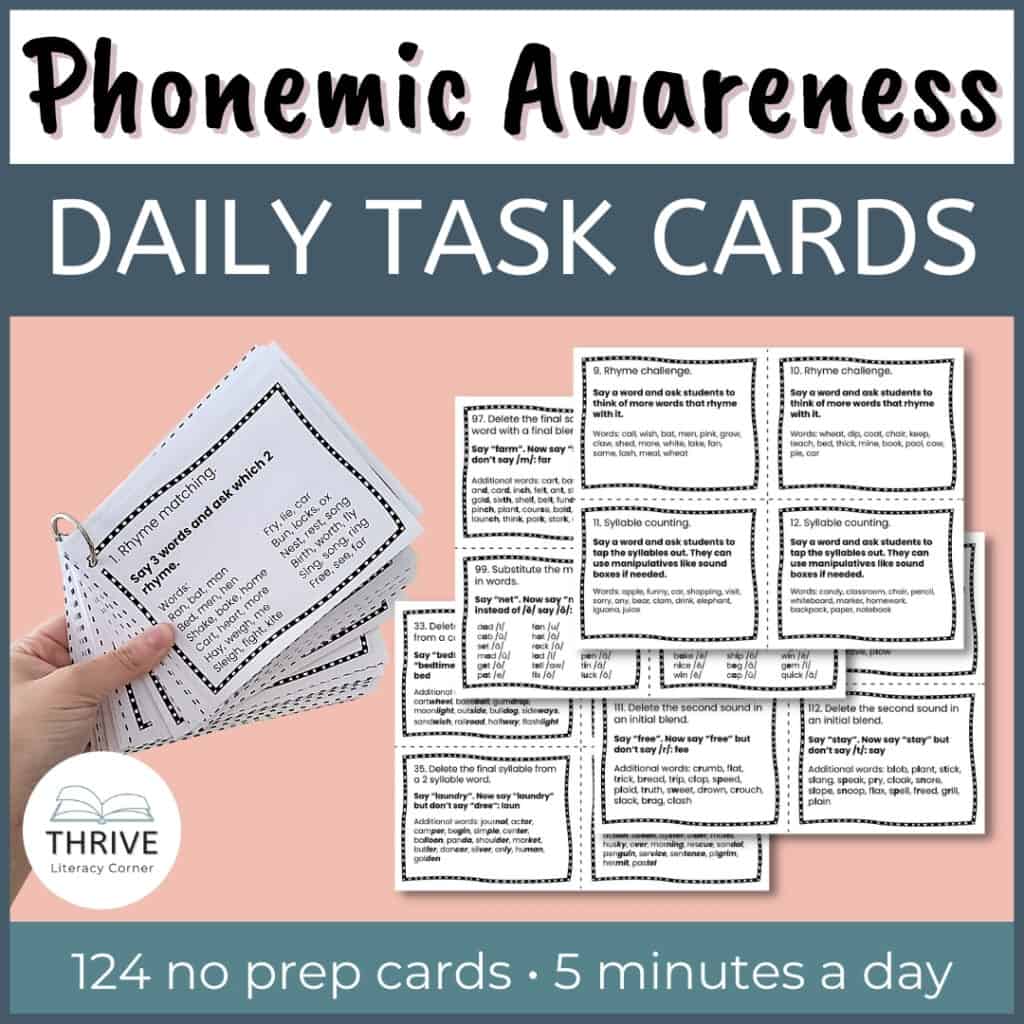
These activities DO NOT have to be scheduled in this order, nor do the activities need to stick within these recommended time frames.
Think of transition times that you can do phonemic awareness activities like while walking to lunch. You could do a read-aloud while students eat their morning or afternoon snack. Some of these activities could be independent small group activities that your students work on while you work with another group.
Break up the longer time frames if needed. For example, in Kindergarten you may do half of your small group instruction in the morning and the other half in the afternoon, so that the other students are not doing independent work for so long (because you know they will get off task after about 10 minutes or so).
Think about what programs you’re currently using and assess which areas they address: decoding, fluency, and/or comprehension. You don’t need to include everything every day. You can do certain activities less often, or try a schedule that alternates activities so it takes 2 days to go through all the areas.
What you do want to have each day is a little bit of instruction that addresses decoding, fluency, and comprehension. But be flexible and realistic. Some people can’t fit all this into their daily schedule. Do the best that you can with what you have available to you.

I get this question so often, so I’m betting you were thinking about this while looking at that schedule.
Here are a few ideas for independent work:
You want students to practice what you have taught previously. Choose activities that don’t require you to check their work too often and that have little room for error. This time can easily be wasted if students don’t understand what to do or do not have enough instruction to practice the target skills.
Using decodable texts is key for independent activities to be beneficial for students. Students should be using texts that they can read 100% on their own.

During your small group instruction, you can choose to set up groups or centers for students to do their independent work. You can adapt the Daily 5 to work with this by modifying centers a bit.
Choose the 4 activities that you want students to work on independently. Choose activities that you can easily swap out the skill without creating new materials or a completely new activity that needs to be taught. For example, you can choose Summary Writing as an activity where students use a graphic organizer to write a short summary of a story. Or you could use a partner phonics game where you simply need to swap out the words used in the game to align with current instruction. Just make sure every activity includes skills the students can do on their own.
And you probably already know this, but make sure to explicitly teach all of these before you set them off to work independently!
Below is an example of a literacy block for one week in lower elementary and one day in upper elementary.
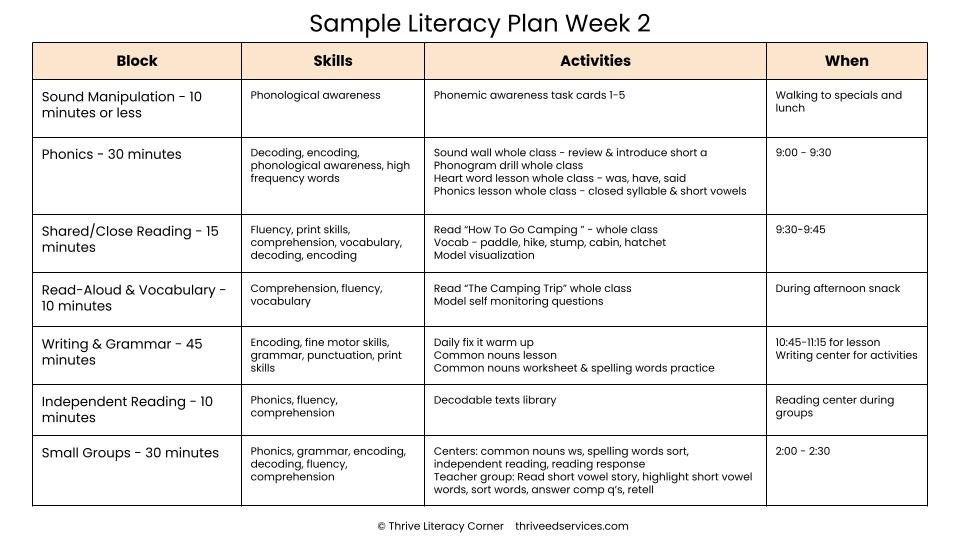
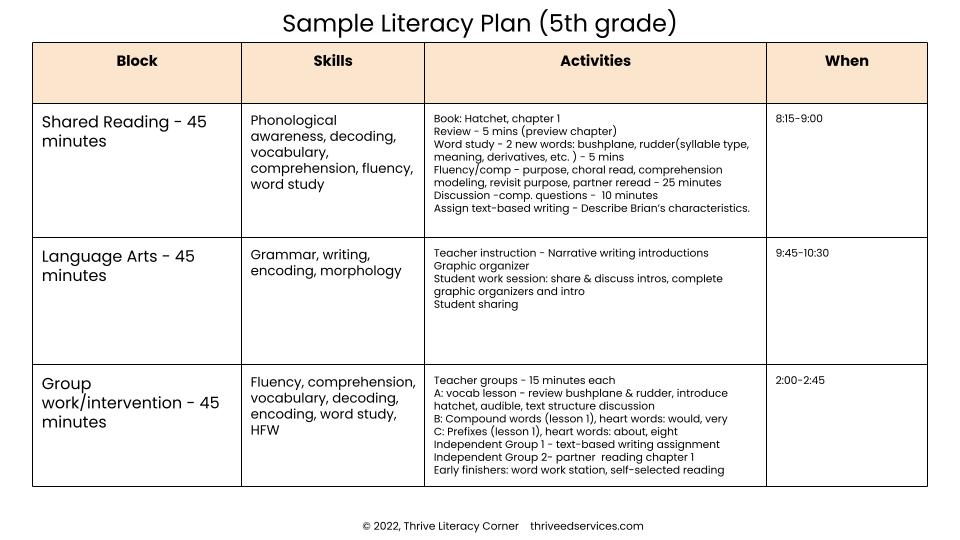
I hope this post helps you plan out your literacy instruction. If you need a more specific guide and outline to follow, I recommend the books How to Plan Differentiated Reading Instruction (grades k-3) and Differentiated Literacy Instruction in Grades 4 & 5.
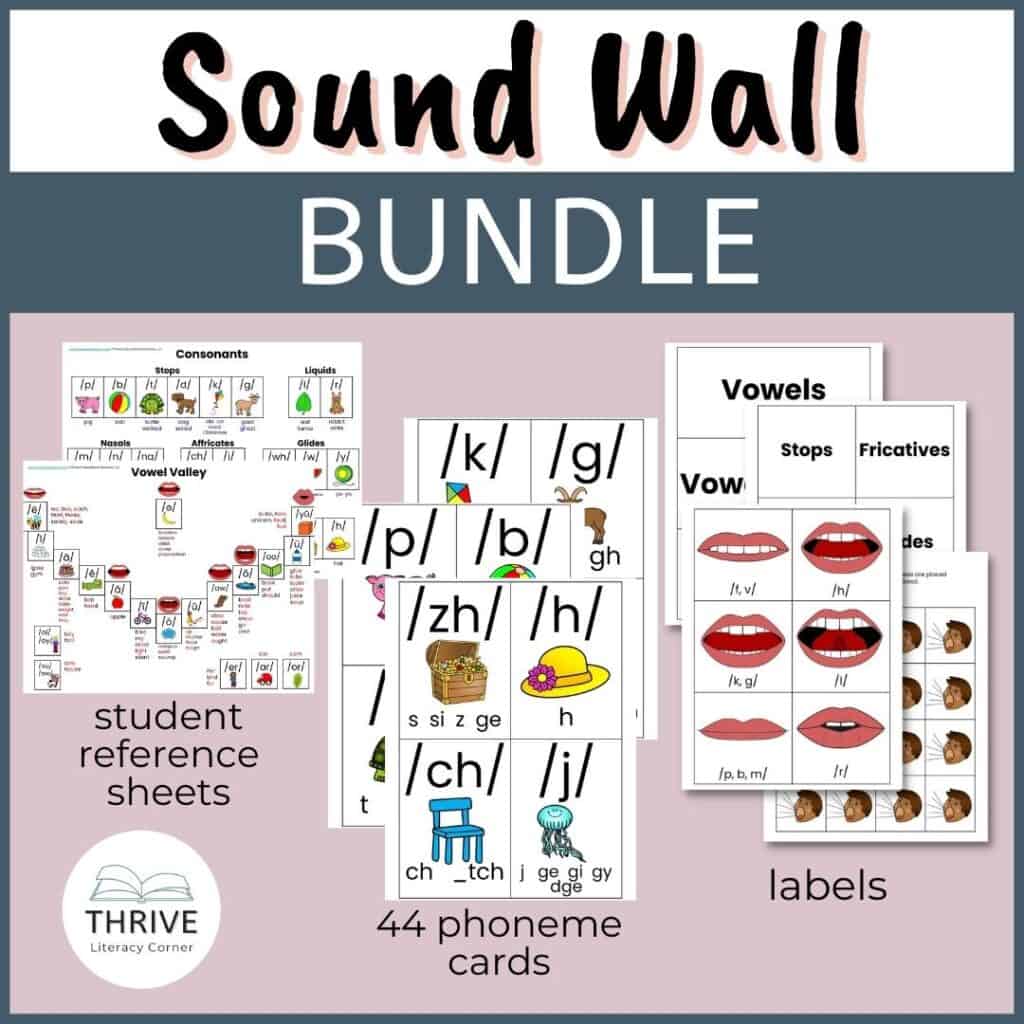
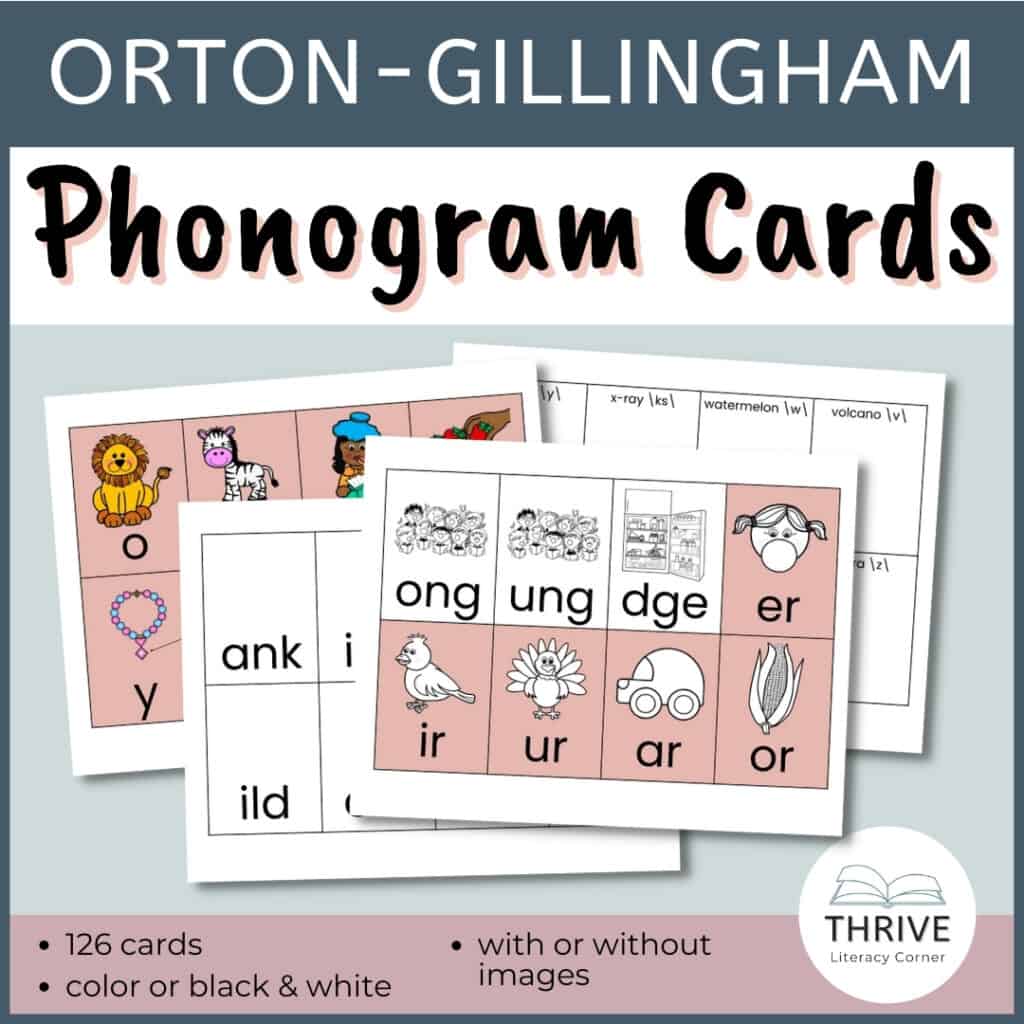

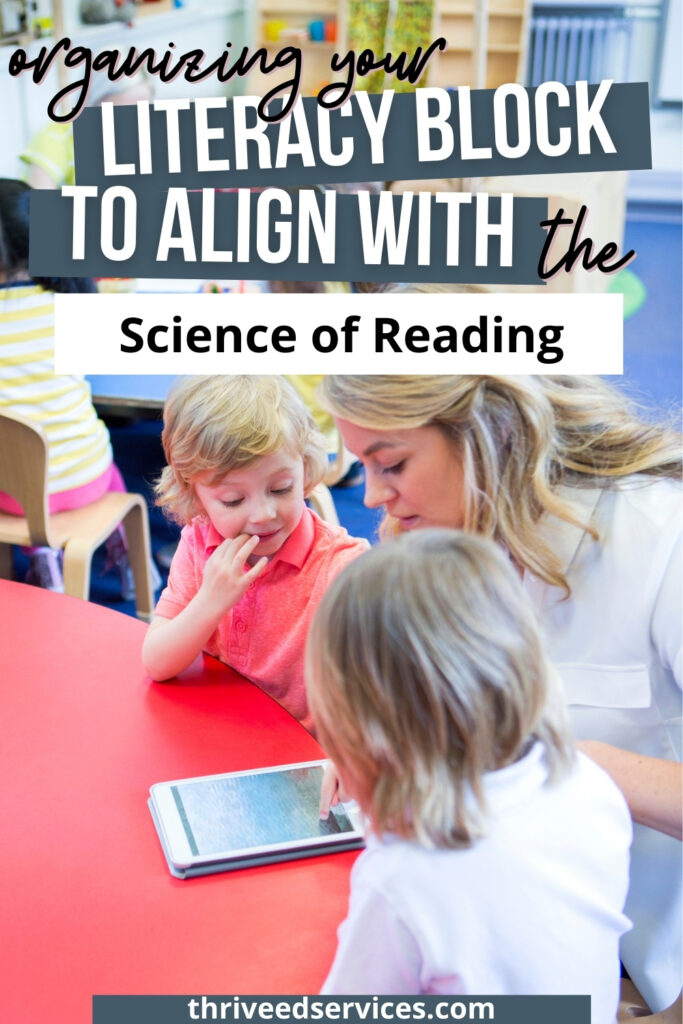
*Most school spam filters block my emails, so please use a personal email.

Share or save this post!
Delilah Orpi is the founder of Thrive Literacy Corner. She has a Bachelor's degree in Special Education, a Master's degree in TESOL, and is a member of the International Dyslexia Association. She is an experienced educator and literacy specialist trained in Orton Gillingham and Lindamood Bell. Delilah creates literacy resources for educators and parents and writes to create awareness about dyslexia and effective literacy instruction based on the science of reading.
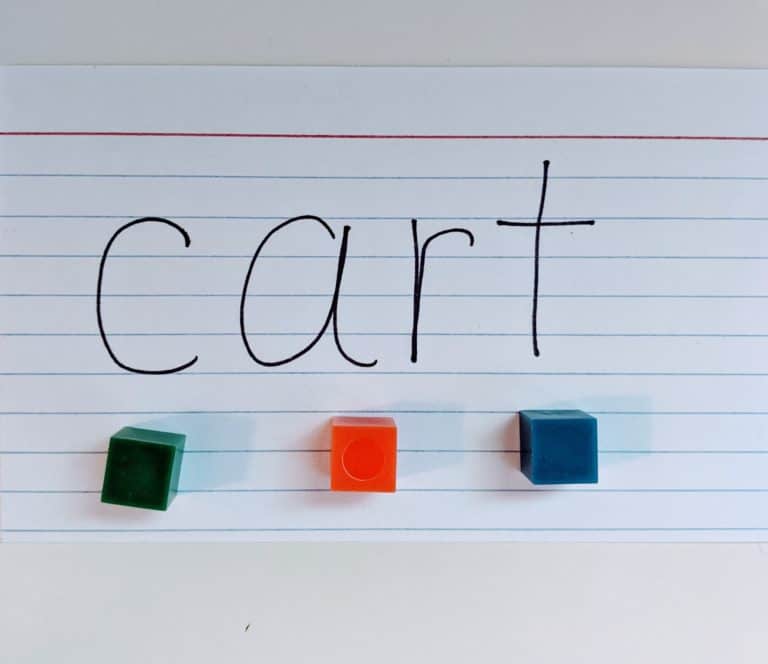
Print 🖨 Next up in my syllables series is the r-combination syllable and r controlled vowels. In this post, I’ll explain what the r-combination syllable is and how to teach it using multisensory methods so your students can read r controlled vowels. If you missed the previous syllable posts, you can find them all here. What is an…
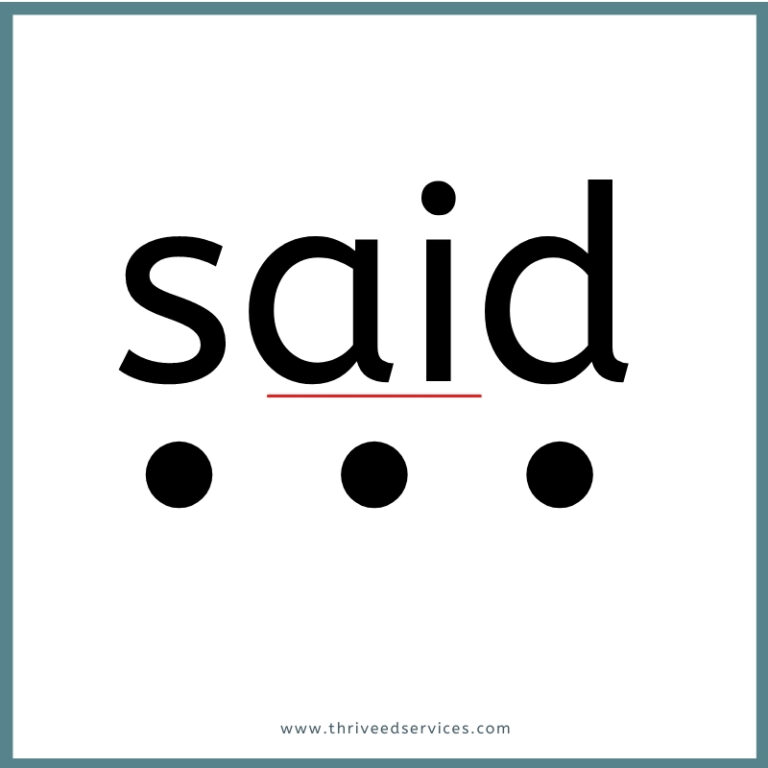
Print 🖨 Phoneme segmentation is a foundational skill for reading and writing. It’s important to start teaching phoneme segmentation skills early so children can develop this skill before it becomes more difficult to learn. Mastering phoneme segmentation helps readers break apart sounds in a word, blend them together, and read! Here are five activities you…

Print 🖨 Halloween books are popular during the month of October, and Halloween read-alouds are a great tool for teachers and parents. When I was teaching, Halloween was a favorite holiday for most of my students. Students would start talking about Halloween in September and it lasted all through October. And the week of Halloween…
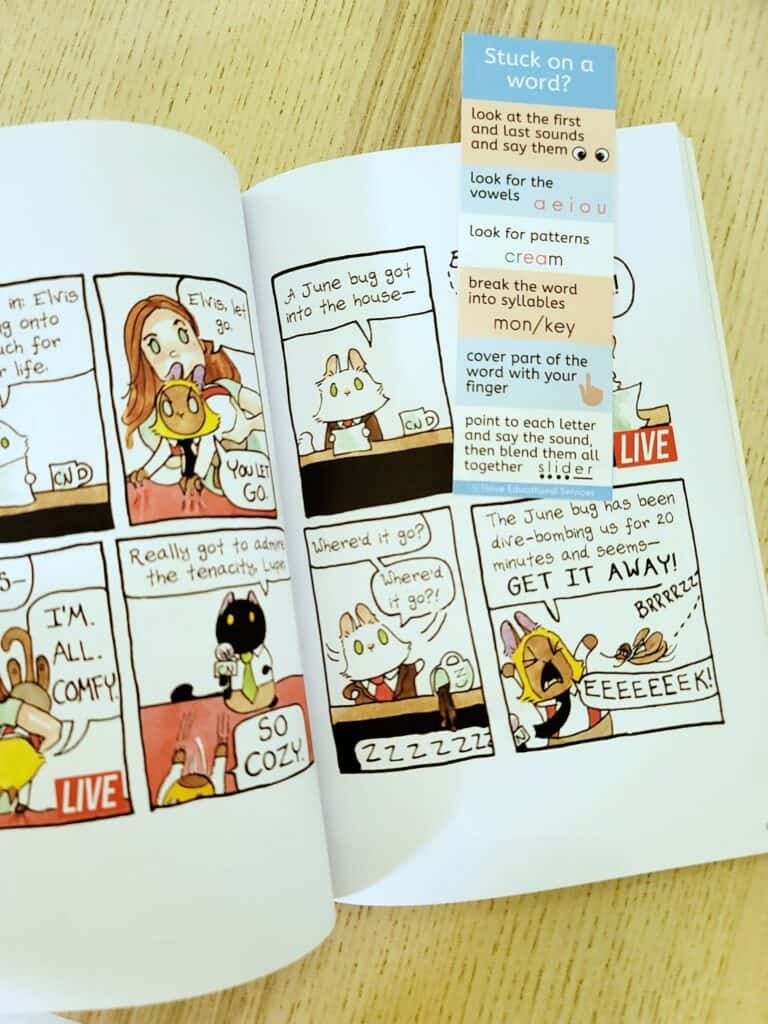
Print 🖨 As a teacher, you know that decoding strategies are essential for all readers. But what are the best ways to teach these strategies? And how can you make sure they’re effective? Check out these tips and ideas for decoding strategies for beginning and struggling readers! What is decoding? Decoding is the term for…

Print 🖨 There are so many strategies that we learn to teach reading comprehension but in this post, I share my favorite visualizing reading strategy that helps struggling readers improve their reading comprehension: visualization with structure words. This visualizing reading strategy is the foundation of the extremely successful reading program Lindamood-Bell Visualizing & Verbalizing. It…
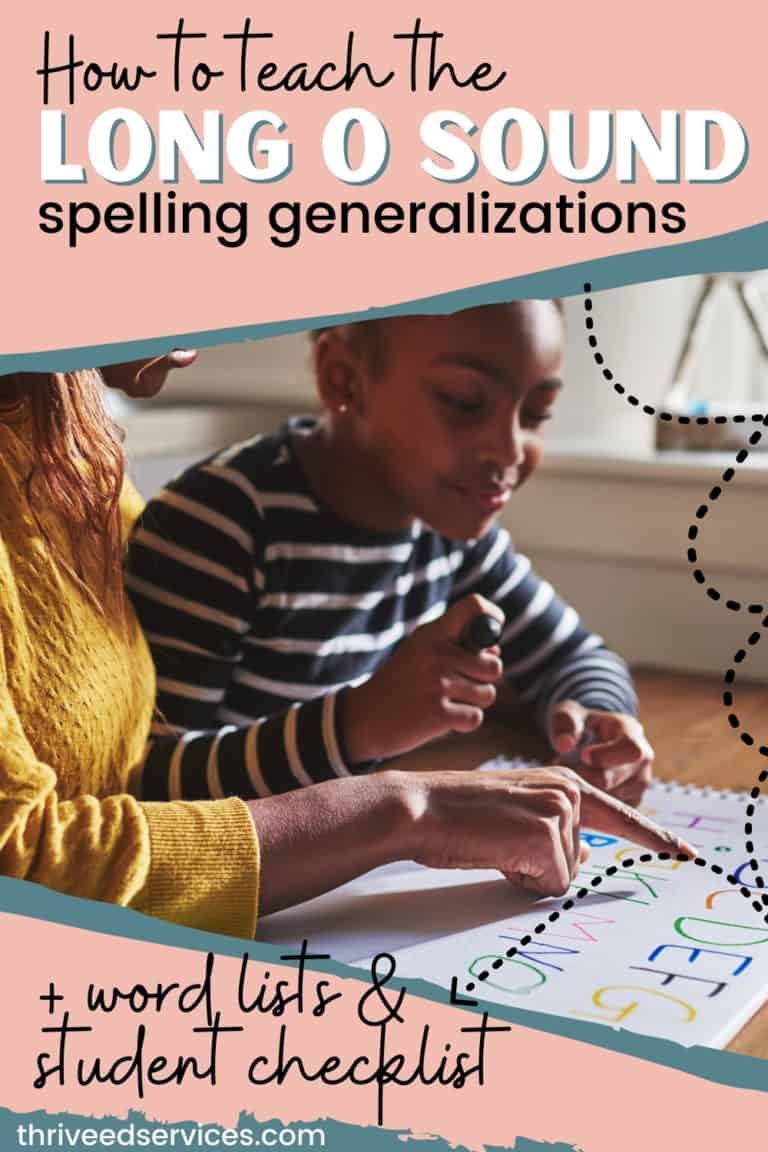
Print 🖨 Long O can be a tricky sound to teach because there are a few different ways to spell it. But I’m breaking down how you can easily teach this sound and all its spelling patterns. Plus, I got you covered with my free Long O Words List. You can download the list pictured…